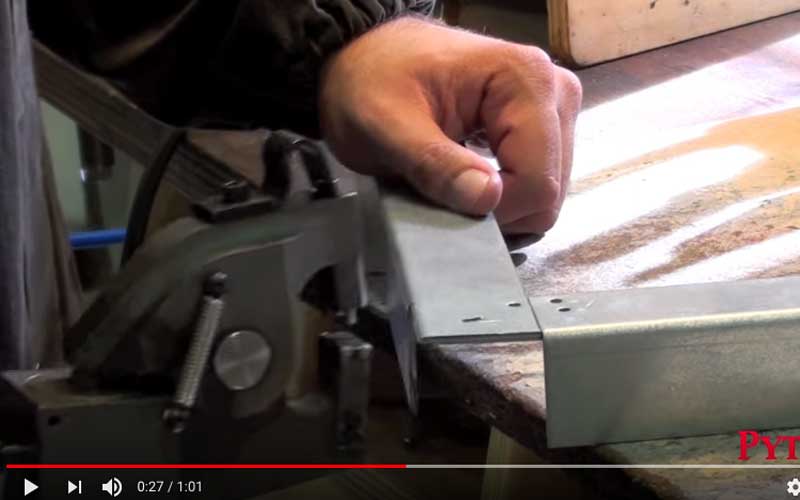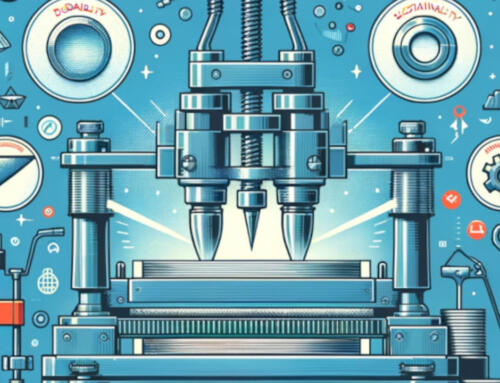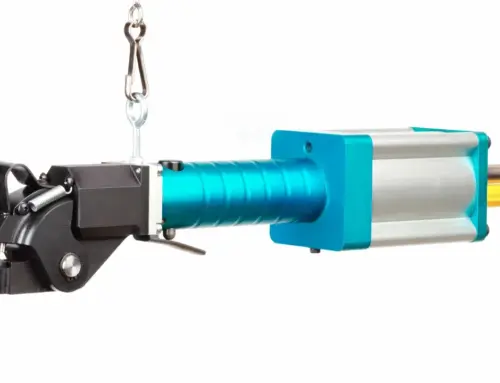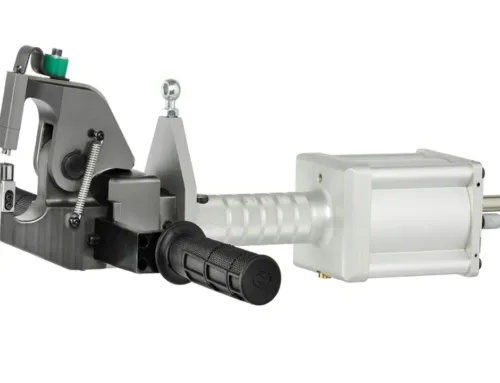An absolutely innovative system for welding galvanized sheet metal is the technique known as clinching, a cold welding process where Juradotools is a leader in Italy.
In principle, welding, the process of creating a physical and chemical union between two joints, is achieved through various methods using specific machinery. Broadly, welding refers to the joining of materials, either similar or different, through the application of heat.
While even glass can be welded, welding typically involves metals. Generally, this process encompasses various welding methods.
Clinching specifically refers to cold welding, achieved through localized plastic deformation of materials. This results in an interlocking of materials, creating a durable and solid joint, without any assembly components. Cold welding of galvanized sheet metal, therefore, relies on clinching, based on plastic deformation of the metal sheets to be joined.

This is achieved through the interaction of a die and a punch, without the need to add any filler material.
Technically, each clinching tool (die and punch) systematically compresses the sheets with a predetermined force, sufficient for the punch to easily penetrate the sheets.
This creates a button that forms the joint, whose appearance varies based on the geometry of the used tools. This deformation can occur regardless of whether the materials are coated or not.
Advantages of the Clinching Process
Clinching is considered a breakthrough in both artisanal and industrial production processes, offering numerous advantages:
- Workplace Safety and Environmental Protection: Clinching is a revolutionary innovation in welding, enhancing workplace safety and environmental protection by:
- Completely eliminating incandescent parts, sparks, and UV rays
- Incorporating systems to ensure operator safety
- Eliminating the need for cooling systems and electrical power
- Reduced Consumption, Costs, and Time: Clinching guarantees reduced consumption, costs, and time. It surpasses traditional welding methods, allowing metal sheet and plate joints under any weather condition, with low energy consumption (only requiring compressed air) and avoiding slag and smoke production.
In conclusion, clinching is highly adaptable and has numerous technical applications, meeting a wide range of operational needs and requirements.



